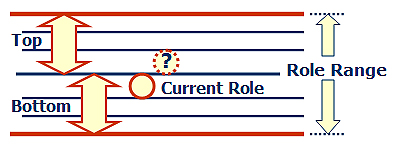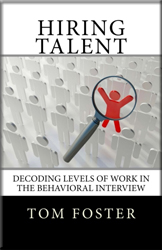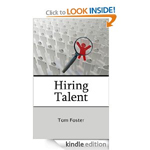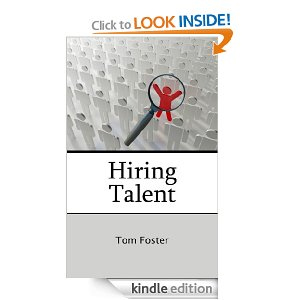“The thing I am trying to figure out with this candidate,” Anita wondered aloud, “is whether they are over-qualified or under-qualified for the position we have?”
“What does that mean?” I asked.
“Well, if they are over-qualified, they will get bored with the decisions that go with this job. And the problems they face will seem small and insignificant. The work will not be interesting to them.”
“And if they are under-qualified?” I pressed.
“If they are under-qualified, they will be overwhelmed. There will be twenty things to get done in the short space of an hour, problems and decisions. They will get behind, hung up in a detail that derails everything. They will micro-manage a small segment of the job, because that is their comfort level, while there is a forest fire raging outside the door.”
“So, what exactly are you looking for?”
“I feel like Goldilocks,” Anita replied. “This porridge is too hot, this porridge is too cold, this porridge is just right. I am looking for just right. I will know it when I see it.”
“You have accurately described what happens when there is a mismatch in the role. You understand what you are looking for, but you don’t know how to look.”
Anita’s eyes grew wide and a small grin crossed her face. “It’s easier to see someone who is over-qualified for the role. My biggest mistake is hiring someone who is under-qualified. They work for a couple of months, and then it becomes glaring. They underperform, get defensive, throw other people under the bus. As a manager, I try to coach, but in the end, I made a mistake. The person couldn’t handle the level of work in the role. I just wish I could figure out the person in the interview.”
“What if you are starting in the wrong place?” I suggested.
“What do you mean?” Anita asked.
“Instead of trying to figure out the candidate, let’s start by figuring out the level of work in the role. What are the decisions made in the role? What are the problems solved in the role? What is the level of work in the role? The biggest mistake most managers make is underestimating the level of work in the role? That is why, so often, we place candidates in the position and watch them flounder before our eyes. Our first mistake was failing to identify the level of work required.”
“How do you do that?” Anita wanted to know.



